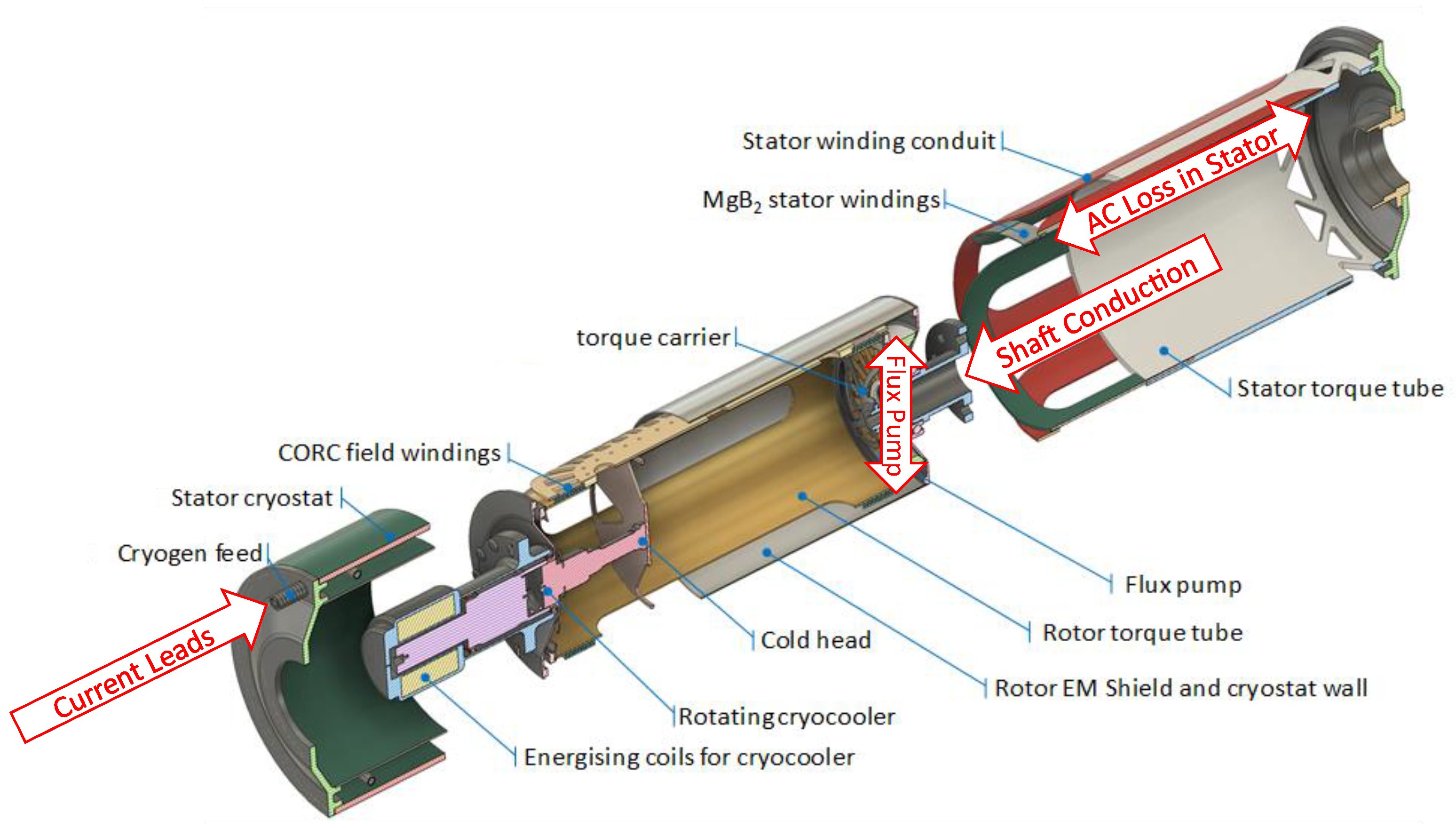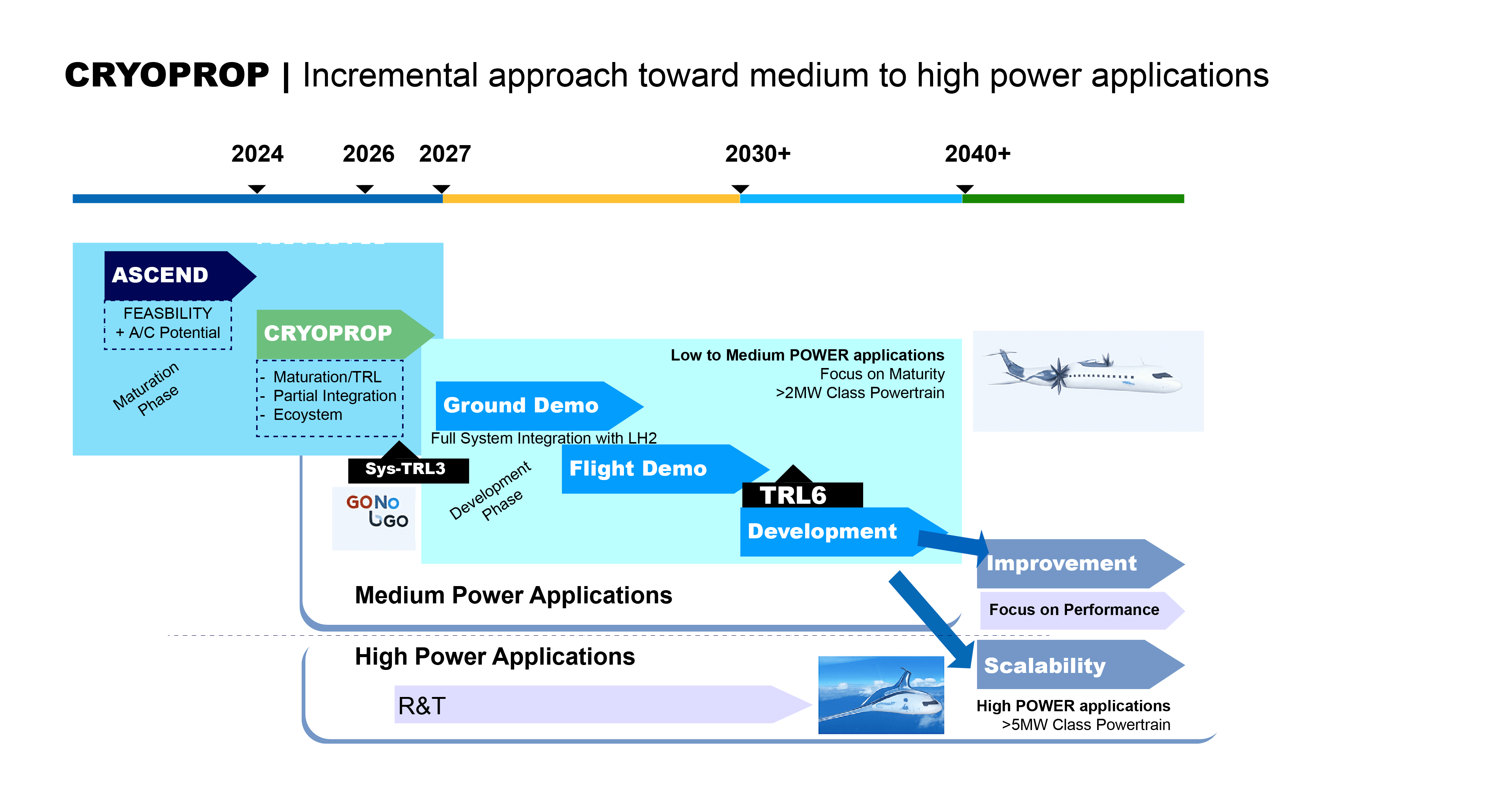The aerospace industry has tried creating a hydrogen-fueled airliner before. In the late 1980s, Soviet engineers developed the experimental Tupolev Tu-155, which completed about 100 test flights before the program was canceled during the collapse of the Soviet Union.
“For hydrogen to meet its full potential, the entire airport ecosystem—airport authorities, energy suppliers, regulatory authorities—needs to come together to collaborate,” Airbus said in a statement.
Insulation for liquid hydrogen
Liquid hydrogen requires a higher quality of insulation than some other liquid gases. The main reason for this is the extremely low temperature of the gas. If, for example, hydrogen is transported through a transfer line with foam insulation, a small rupture in the foam may be the source of oxygen condensation due to the extreme cold emitted by the liquid hydrogen. A fire or explosion will ensue should this condensed oxygen come into contact with hydrogen or any other combustible material.
Fortunately, there is a form of insulation that provides optimal insulation. The vacuum technology method is the solution for safely transporting, storing, and using liquid hydrogen. Vacuum insulating is as much as 15 times better than other insulation materials (for example, PIR/PUR, or Foamglas, Armaflex, Perlite, and Misselon) and can be used for pipes as well as fittings, tanks, and cryogenic equipment.
Vacuum technology uses vacuum or high-vacuum to insulate transfer lines or systems optimally. A vacuum environment is created by encapsulating these lines or systems with a double wall and vacuumize the space between the two walls. The vacuum ensures that heat transfer cannot occur (since most molecules have been extracted) between the warm outside and the cold inside.
Vacuum insulation for hydrogen systems is not only safe but also meets the strict requirements for hydrogen infrastructures. For example, transfer lines for liquid hydrogen on ships are expected to be equipped with a double-containment for extra safety (should the process line have a leakage, the extra-containment will be in place). If the pipelines are provided with vacuum insulation, the vacuum tube also functions directly as a double-containment. As such, vacuum insulation kills two birds with one stone.
https://demaco-cryogenics.com/blog/asumed-a-cryogenic-engine-for-sustainable-aviation/
Cryogenic systems
Whilst international research has so far been largely focused on the electrical aspects of the superconducting system, less consideration has been given to the cryogenic system to support the high power superconducting system. In general a cryogenic systems is formed by a cooling systems (also called a cryocooler) that operates below the boiling temperature of the liquid Hydrogen.
To maintain a closed loop of cold fluid at the superconductors' operating temperature, HyFlux has developed cryocoolers for low weight applications in aerospace.




